By JOHNNY R. LEE, PhD.
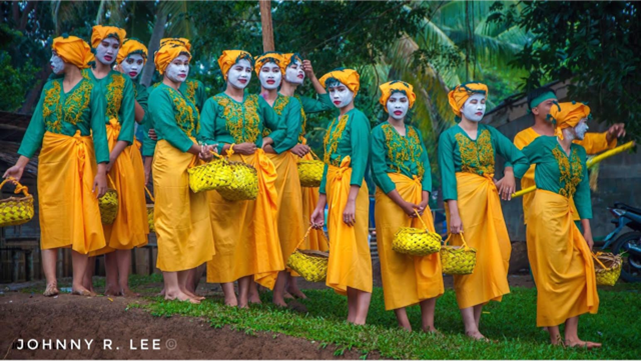
Tabawan Island, a very old settlement in the northern part of Tawi-Tawi and now part of the Municipality of South Ubian, mirrors the multiple ancient spiritual practices that are still keenly observed by its people.
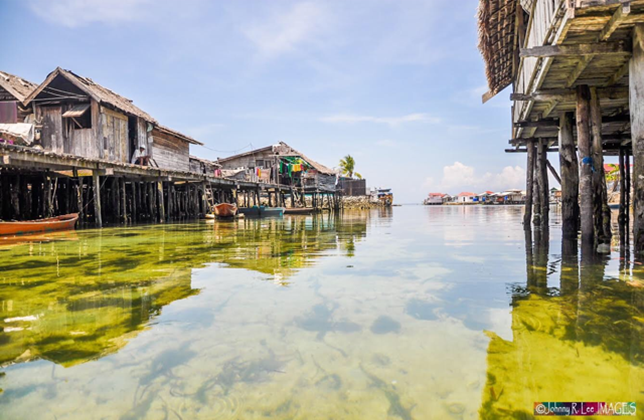
Although it is predominantly a Muslim community, it cannot deviate from its ancestor’s way of life and still retained the shadow of what their forbears taught them with the strong belief that it is a ‘good practice that delivers them from bad spirit and guide them to a better and successful future’.
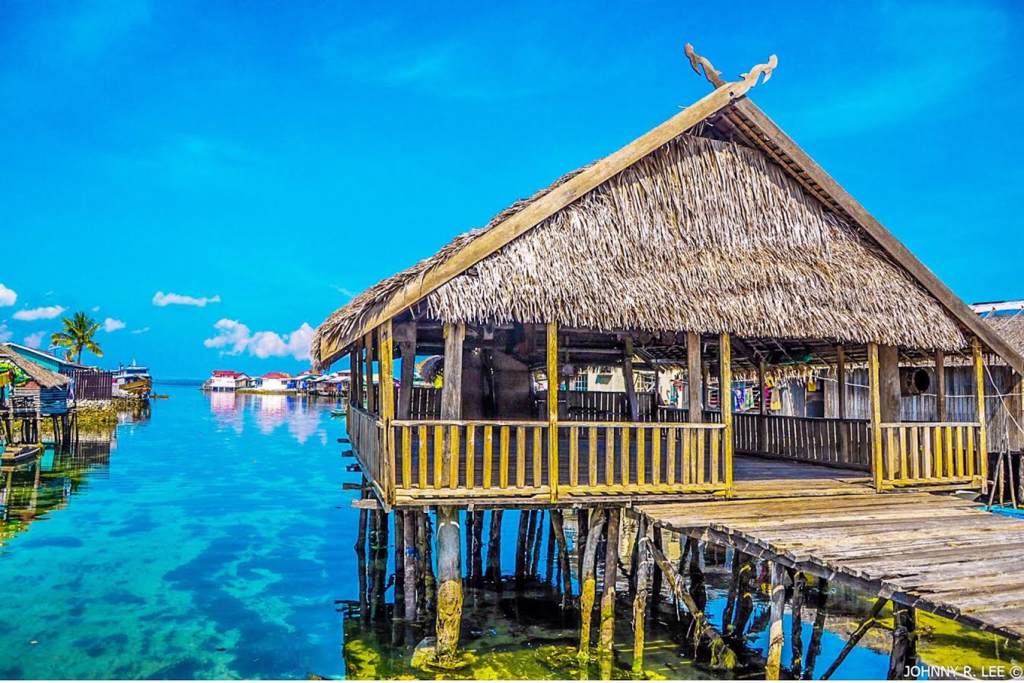
The most common traditional practices are ‘Pag-omboh’ and ‘Pag-duwata’. The former is related to their ancestors – by paying homage and devotion to their departing loved ones whom they believed are ‘up there’ looking at their welfare and guiding them in times of trouble and disaster’ that may come their way. The latter is about offering to please the’ jinns’ or unseen spiritual beings – whom they can ‘consult’ and asked for whatever past or future awaits them.

Both practices are performed in a planned and elaborate rituals complete with colorful costumes and food preparations. The rituals are usually headed by the ‘shaman’ or local imam who is recognized as the bearer of the ancient traditional practices.
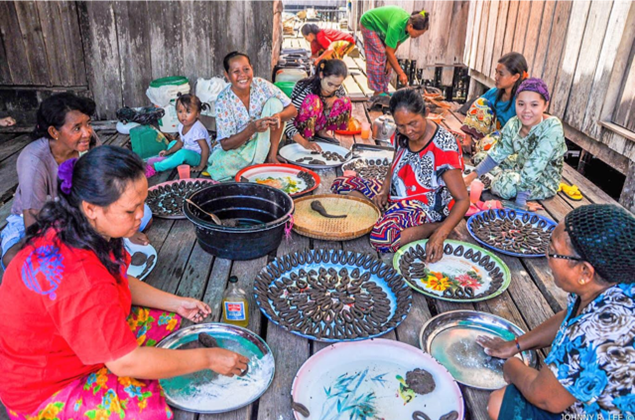
An incense(kamanyan) and a ‘tonics’ are important essentials in the conduct of the ritual. The former is usually taken in as drinks by the ‘shaman’ (either male or female) to bring him or her into a state of ‘trance’.
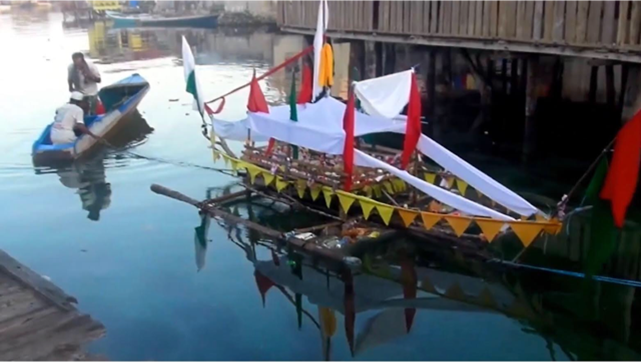
A spirit will soon go through his or her physical body and a ‘conversation’ between the spirit and the ‘shaman’starts – in one single body!
Another notable ritual is the so-called ‘pagtulak-balah’ or driving away bad luck. In here, a small boat is filled with food offerings from a family or clan and towed away to the open seas for good.
Aside from the ancient rituals, Tabawan people exhibited other cultural practices like ‘Tabawan Night, which occurs during full moon.
Young boys and girls, in separate dug-out bancas, drove out into the open water to celebrate the bright and calm ambiance brought about by the moonlight and high tides. As a sideshow, the young boys complete with musical instruments like guitar and music box will sing romantic native songs to serenade the young girls. It is a sort of the start of ‘courtship’that usually ends up with a pair soon getting married.
Tabawan is noted for its olden mosque or ‘Langgal’ made of native materials built without a single nail. The century old mosque was even featured in a P1,000.00 Philippine bill. Most of the old houses that are made of wood and light materials still remained in their old form with distinguishing uniformed marker attached to the top front of the nipa roof.
JOHNNY R. LEE
